This Letter C Printable Book is the perfect way to help your early learner identify words that start with the letter C! They’ll love being able to have their very own printable mini book about the letter c that they can color and make!
Alphabet books are great for sight words and building reading confidence, too. Use this free alphabet printable as a way to help with reading skills and more! This would also be a great classroom teacher aide to build confidence as well.
You’re going to love this letter c printout for the kids! This is great for a flip book and perfect for an alphabet activity to do at home.

Be sure to check out the rest of my Find the Letter Worksheets so that the kids can have even more learning fun!
This book is a fun way to introduce new learning activities. This printable letter c book is great to spark their curiosity about learning letters while also encouraging reading at the same time!
You can easily use this to focus on the letter of the week or to have letter c worksheets for the kids to work on! It’s a great way to help with reading as well. Focusing on individuals letters is great for working on letter sounds also.
Be sure to check out My Printable Book Letters for more learning fun!
What is the learning benefit of this printable?
I love that this book printable shows lowercase letter learning as well as upper case letters. It also has the picture of the word in black and white, followed by the spelling underneath. This is a great visual learning tool for the kids1
What it includes:
This learning book printable includes pages with two pictures on it, both items on it, starting with the letter C. It also includes the images written and spelled out as well so that the kids can see what the word looks like to help with sight words.
Fun ways to use this printable:
Even though it’s great to use this to learn about the letters of the alphabet, don’t forget to branch out and have the kids do other fun and creative ideas as well!
Have them trace the letter
Put a piece of paper over the sentences in this book and have them trace the words and letters. Perfect for fine motor skills and also a great way to work on writing skills, too!
Once they get the hang of it, they can then branch out and maybe make a brand new book that is entirely written by them!
Go on a scavenger hunt
How many of the picture items can the kids find? This is a great way to get them up and moving their bodies! Have them do their best to see if they can find the images – and join in on the family! Family activities are the best activities!
Shop My Alphabet Printables
Here are some other great learning resources that are in my shop. More alphabet learning fun!
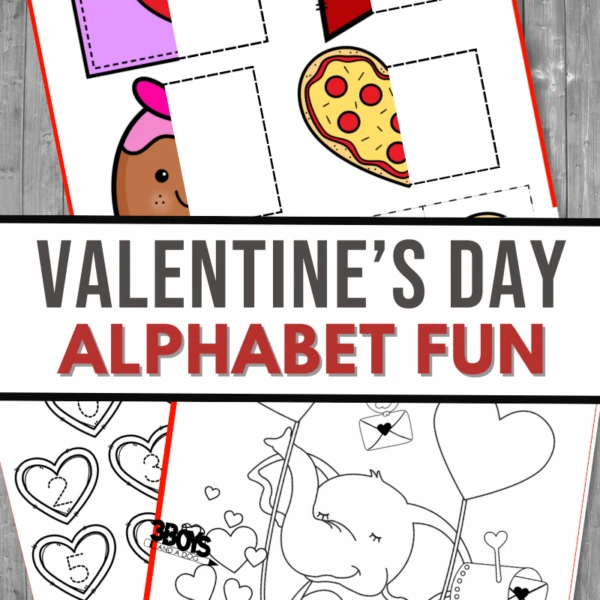
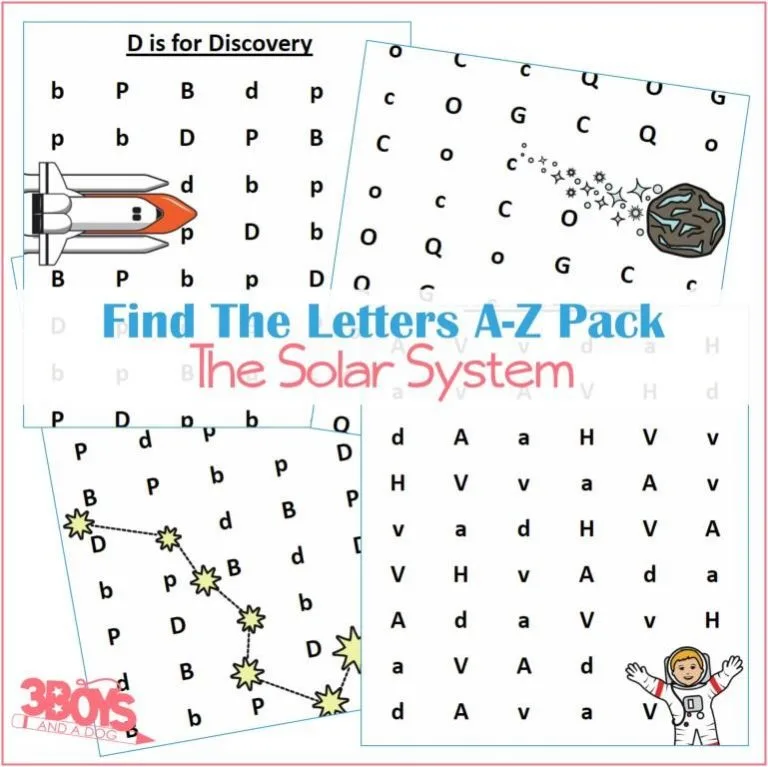

Add to the book
There is always room to add more pages to the book. Have the kids draw a few more pictures that start with the letter C to add to their masterpiece!
Work together to create a really fun and unique book that showcases their skills. This is the perfect way to be creative so that the kids can have so much fun.
In my opinion, you can never have too many examples for the kids to do. There are a lot of letter c words out there that give them the chance to create and explore.

How does coloring help a child learn?
Coloring provides a valuable learning experience for young children, developing their cognitive capacities even at the earliest stages of development.
Research suggests that coloring activities stimulate the parts of the brain responsible for problem-solving and mathematical reasoning in young children. This form of artistic expression also aids in their fine motor skills, enabling them to operate writing utensils more precisely and effectively.
Connecting children with illustrations made to represent certain concepts affords them the opportunity to obtain an understanding of certain topics that are harder to recognize through simple text-based instruction.
Coloring is therefore beneficial for aiding a child in retaining information by reinforcing fundamental concepts during their early years of education.
Why are cutting skills important for preschools to learn?
Cutting is an incredibly important skill for preschoolers to learn and develop, as it is an essential precursor to fine motor control and can lay the groundwork for various handwriting techniques.
Research has found that cutting activities improve hand-eye coordination while also helping children with their visual-spatial and problem-solving skills.
Through the development of cutting skills in preschool, young learners build confidence in working with small objects, following directions, and managing tools more appropriate for their age group.
Additionally, understanding two-dimensional shapes early give a strong foundation for geometry comprehension down the road.
In terms of educational potential and anecdotal success stories from teachers worldwide, mastering cutting skills at an early age is highly beneficial for all children.
How do preschools use creativity to increase their learning skills?
Preschools have recognized the importance of fostering creativity within their programs as a means of developing learning skills.
Creative approaches to learning encourage children to develop higher-order thinking, such as critical and logical analysis, problem-solving and innovative thinking. These are valuable skills that can serve children in the classroom and in other facets of life.
Research has demonstrated that preschools employing creative learning techniques typically realize higher student success rates than those without – this is most likely due to increased engagement with the material being taught, as well as greater opportunities for exploration into topics of interest.
Beyond traditional topics like maths or language development, creative activities often allow children to explore skills that carry over into adulthood and contribute to sound decision-making such as communication, leadership, and empathy.
How early do preschoolers start learning the alphabet?
Preschoolers often display an amazing capacity for learning, and the alphabet is often one of the earliest topics they explore.
Researchers have observed that some preschoolers will attempt to imitate letters using motions and spoken words as early as three years old, though most pick up significant letter recognition skills between three and five years old.
To allow for an even better understanding of letters and their sounds, many preschool teachers incorporate phonemic awareness activities into their lessons during this time, such as introducing a letter at a time and having the students practice proper pronunciation.
Such awareness allows the children to better transition into learning how to read a few years down the line.
More Printable Letter Activities:
- Find the Letter: B is for Butterflies
- Find the Letter C is for Corn
- Find the Letter P is for Pilgrims
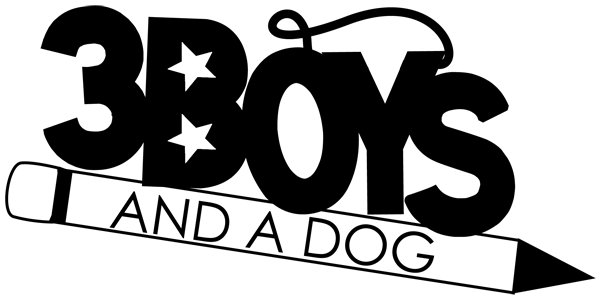
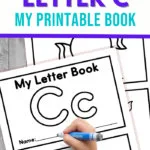

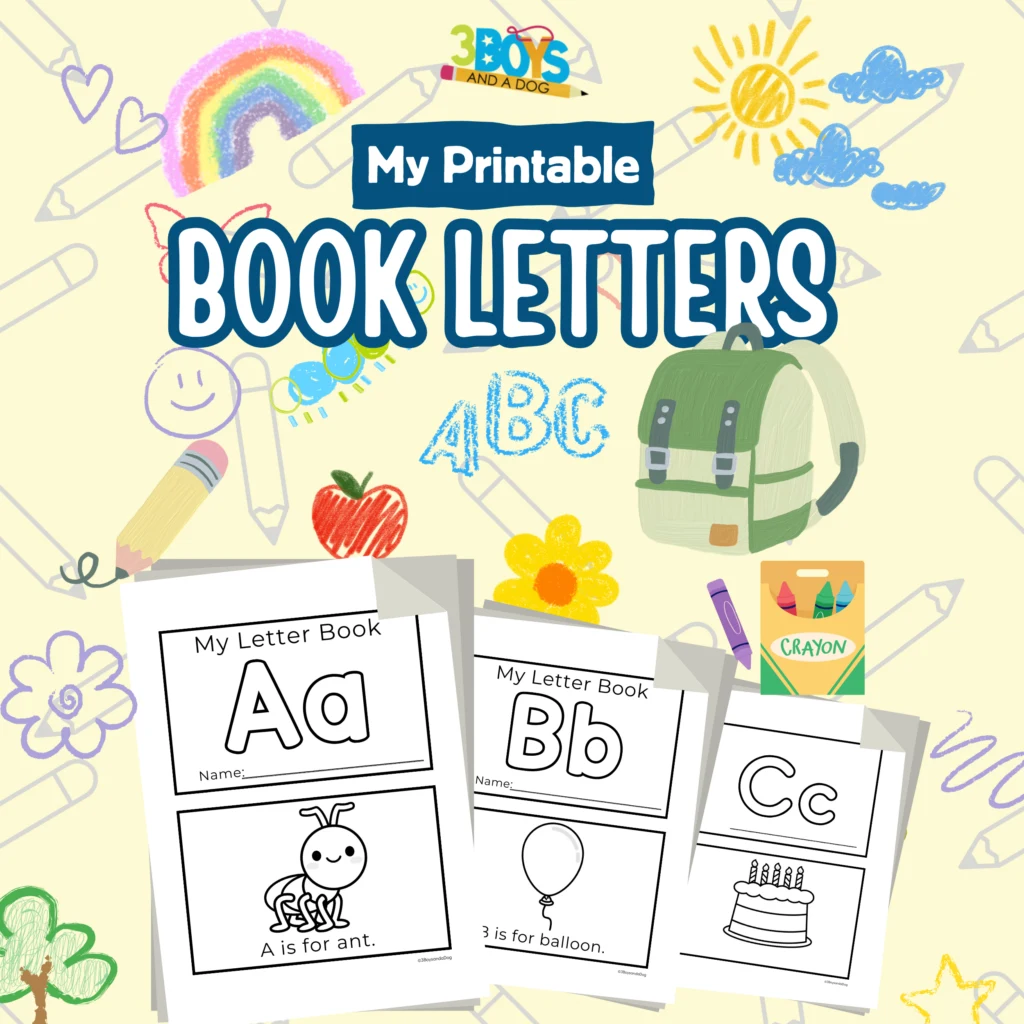

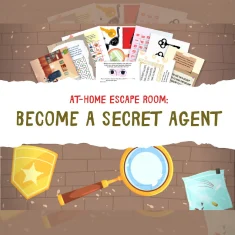


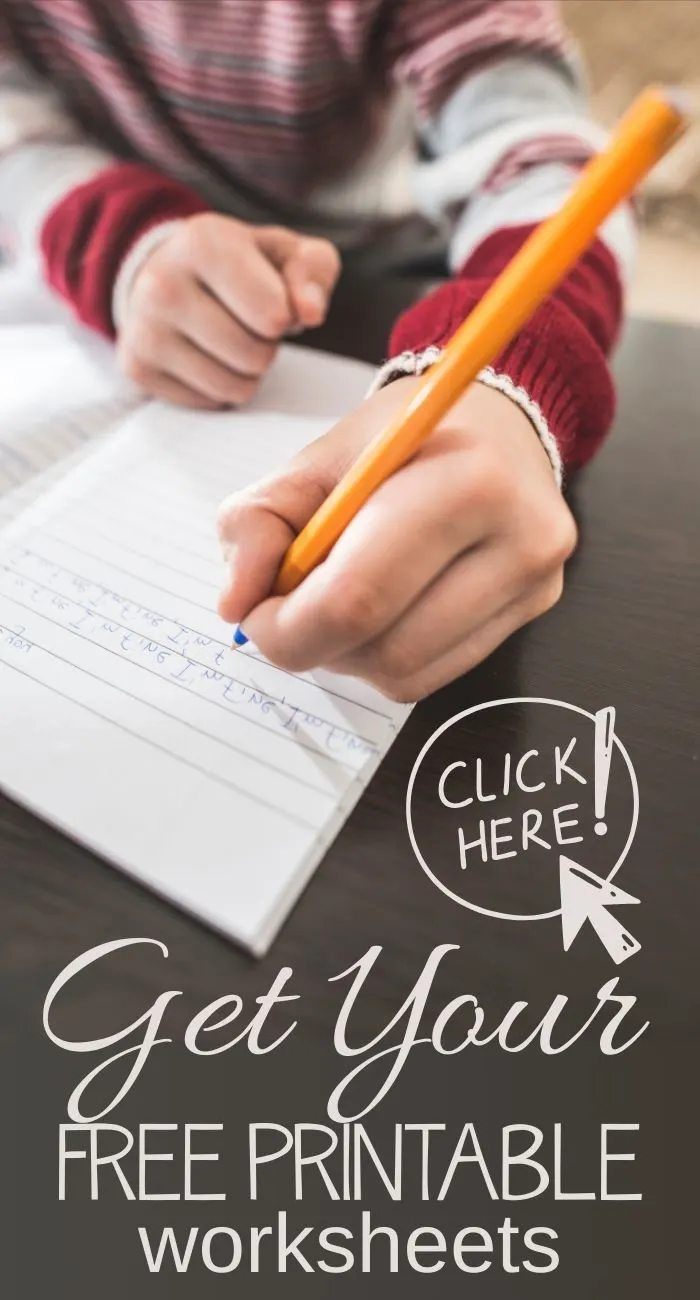
23 Letter C Activities for Preschool Printables That Are Cool! - Homeschool of 1
Sunday 26th of November 2023
[…] letter C printable book aids early learners with the lowercase letter and uppercase letter recognition, sight words, and […]
Melody
Saturday 19th of August 2023
My Littles love the little books! My class does a letter a week and these are GREAT!
Kelli Miller
Tuesday 19th of September 2023
Thank you so much for your comment on my article! I'm thrilled to hear that your littles love the little books and that they have been a great addition to your classroom activities. Doing a letter a week is a wonderful way to engage young learners and help them develop their literacy skills.
I'm glad that the little books have been helpful in your teaching journey. If you have any questions or need further assistance, please feel free to reach out. Keep up the fantastic work with your class, and happy teaching!